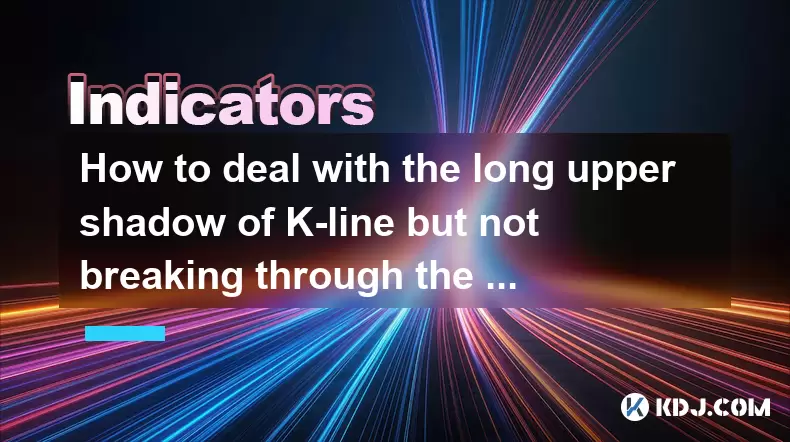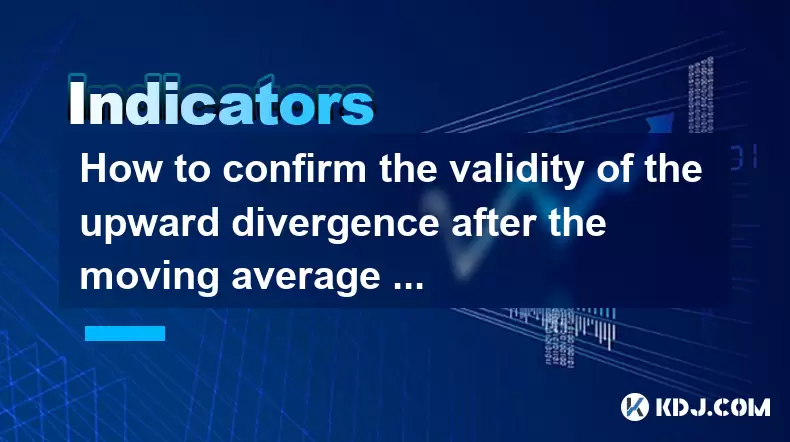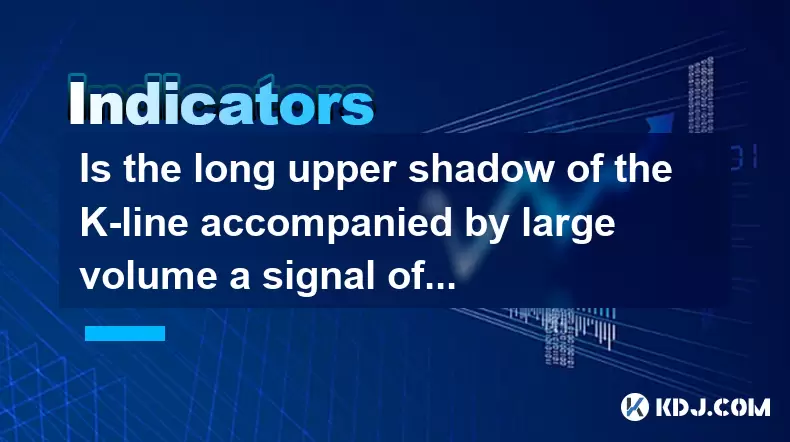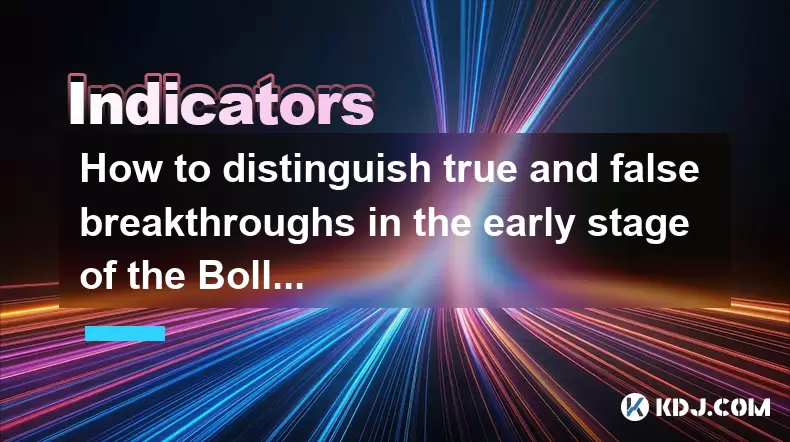-
 Bitcoin
Bitcoin $106,754.6083
1.33% -
 Ethereum
Ethereum $2,625.8249
3.80% -
 Tether USDt
Tether USDt $1.0001
-0.03% -
 XRP
XRP $2.1891
1.67% -
 BNB
BNB $654.5220
0.66% -
 Solana
Solana $156.9428
7.28% -
 USDC
USDC $0.9998
0.00% -
 Dogecoin
Dogecoin $0.1780
1.14% -
 TRON
TRON $0.2706
-0.16% -
 Cardano
Cardano $0.6470
2.77% -
 Hyperliquid
Hyperliquid $44.6467
10.24% -
 Sui
Sui $3.1128
3.86% -
 Bitcoin Cash
Bitcoin Cash $455.7646
3.00% -
 Chainlink
Chainlink $13.6858
4.08% -
 UNUS SED LEO
UNUS SED LEO $9.2682
0.21% -
 Avalanche
Avalanche $19.7433
3.79% -
 Stellar
Stellar $0.2616
1.64% -
 Toncoin
Toncoin $3.0222
2.19% -
 Shiba Inu
Shiba Inu $0.0...01220
1.49% -
 Hedera
Hedera $0.1580
2.75% -
 Litecoin
Litecoin $87.4964
2.29% -
 Polkadot
Polkadot $3.8958
3.05% -
 Ethena USDe
Ethena USDe $1.0000
-0.04% -
 Monero
Monero $317.2263
0.26% -
 Bitget Token
Bitget Token $4.5985
1.68% -
 Dai
Dai $0.9999
0.00% -
 Pepe
Pepe $0.0...01140
2.44% -
 Uniswap
Uniswap $7.6065
5.29% -
 Pi
Pi $0.6042
-2.00% -
 Aave
Aave $289.6343
6.02%
How to deal with the long upper shadow of K-line but not breaking through the moving average?
A long upper shadow near a moving average suggests hesitation, but if price holds above the MA, the bullish trend may still be intact.
Jun 17, 2025 at 04:01 pm

Understanding the Long Upper Shadow in K-Line
In technical analysis, a long upper shadow on a K-line indicates that buyers attempted to push prices higher but were met with strong selling pressure. This results in a candlestick with a small real body and a long wick extending upwards. This pattern often signals potential bearish reversal, especially if it occurs at key resistance levels.
However, when this candle appears near or around a moving average (MA) line—such as the 20-day, 50-day, or 200-day MA—and does not break below the MA, it creates a unique situation. Traders may be confused whether to take action or wait for further confirmation.
Interpreting the Moving Average Context
The presence of a moving average beneath the price can act as a support zone. When a candle forms a long upper shadow but remains above the moving average, it suggests that although upward momentum has stalled temporarily, the broader trend is still intact.
Traders should analyze the slope of the moving average. A rising MA supports the bullish case, while a flat or declining MA could suggest weakening momentum. In such cases, the failure of the price to break through resistance might indicate consolidation rather than a full reversal.
Evaluating Volume and Price Action
Volume plays a critical role in confirming the strength behind any candlestick pattern. A long upper shadow accompanied by high volume may suggest aggressive selling at higher levels, reinforcing the idea that resistance is strong. Conversely, low volume during such a candle might indicate indecision rather than a definitive shift in sentiment.
It's also crucial to look at the preceding candles. If the long upper shadow appears after a series of bullish candles, it may signal exhaustion among buyers. However, if it follows a consolidation phase, it might simply represent testing of resistance levels without immediate follow-through.
Tactical Responses for Traders
When facing a long upper shadow that doesn’t break the moving average, traders have several possible strategies:
- Wait for confirmation: Instead of acting immediately, observe the next few candles. A strong bullish close above the upper shadow high can invalidate the bearish signal.
- Monitor support levels: The area near the moving average becomes critical. Watch for a clean bounce from the MA to confirm continued support.
- Use oscillators for divergence checks: Tools like RSI or MACD can help identify hidden weakness or strength that isn't apparent on the candlestick chart alone.
Each trader must decide whether to hold positions, tighten stop-loss orders, or prepare for a potential trend change based on their risk tolerance and trading strategy.
Risk Management Considerations
Given the uncertainty associated with a long upper shadow near a moving average, risk management becomes even more important. Setting tight stops just above the candle’s high can prevent large losses if the anticipated reversal does not materialize.
For those considering shorting the asset, waiting for a confirmed breakdown below the moving average increases the probability of success. Alternatively, for bullish traders, placing buy orders slightly above the high of the shadow can serve as a breakout entry point.
Regardless of the approach, maintaining a favorable risk-to-reward ratio ensures long-term sustainability in trading decisions.
Frequently Asked Questions
Q: What time frame is most reliable for analyzing long upper shadows near moving averages?
The reliability varies depending on the trader's strategy. Short-term traders may focus on 1-hour or 4-hour charts, while swing traders prefer daily or weekly charts for stronger confirmation signals.
Q: Should I ignore long upper shadows if they occur frequently on lower time frames?
Frequent appearances on lower time frames are often noise rather than significant signals. Focus on patterns that form on higher time frames for better accuracy.
Q: How do gaps affect the interpretation of long upper shadows near moving averages?
Gaps can distort candlestick patterns. If a gap precedes the long upper shadow, it may exaggerate the shadow length. Always assess whether the gap is due to news or regular market behavior before making a decision.
Q: Can multiple moving averages provide better clarity in such scenarios?
Yes, using multiple MAs (e.g., 20-day and 50-day) together can offer layered insights. If the price remains above both lines, the bullish bias stays intact despite a long upper shadow.
Disclaimer:info@kdj.com
The information provided is not trading advice. kdj.com does not assume any responsibility for any investments made based on the information provided in this article. Cryptocurrencies are highly volatile and it is highly recommended that you invest with caution after thorough research!
If you believe that the content used on this website infringes your copyright, please contact us immediately (info@kdj.com) and we will delete it promptly.
- Staked Ether, Corporate Crypto, and Finance Adoption: A New York Minute
- 2025-06-21 02:45:13
- Pendle, DeFi, and the SEC: A New York Minute on Crypto's Crossroads
- 2025-06-21 02:25:13
- Reddit, Worldcoin, and Iris Scanning: A New Era of User Verification?
- 2025-06-21 02:45:13
- Investor Funds, Bitcoin, and Buying Tricks: Navigating the Crypto Landscape
- 2025-06-21 02:50:12
- TikTok, Trump, and a $300 Million Crypto Bribe? What's the Deal?
- 2025-06-21 03:10:57
- Pi Network's Open Mainnet: Hype or Hope for a Decentralized Future?
- 2025-06-21 03:25:12
Related knowledge

Does the sudden contraction of ATR indicate the end of the trend?
Jun 20,2025 at 11:14pm
Understanding ATR and Its Role in Technical AnalysisThe Average True Range (ATR) is a technical indicator used to measure market volatility. Developed by J. Welles Wilder, ATR calculates the average range of price movement over a specified period, typically 14 periods. It does not indicate direction—only volatility. Traders use ATR to gauge how much an ...

Is the trend continuation when the Williams indicator is oversold but there is no rebound?
Jun 20,2025 at 11:42pm
Understanding the Williams %R IndicatorThe Williams %R indicator, also known as the Williams Percent Range, is a momentum oscillator used in technical analysis to identify overbought and oversold levels in price movements. It typically ranges from 0 to -100, where values above -20 are considered overbought and values below -80 are considered oversold. T...

Is the golden cross of the ROC indicator below the zero axis effective?
Jun 20,2025 at 09:42pm
Understanding the ROC Indicator and Its Role in Cryptocurrency TradingThe Rate of Change (ROC) indicator is a momentum oscillator widely used by traders to assess the speed at which cryptocurrency prices are changing. It measures the percentage difference between the current price and the price from a certain number of periods ago. The ROC helps identif...

How to confirm the validity of the upward divergence after the moving average sticks together?
Jun 21,2025 at 01:36am
Understanding the Basics of Moving Averages and DivergenceIn technical analysis, moving averages are crucial tools used to smooth out price data over a specified time period. When multiple moving averages converge or 'stick together,' it often indicates a consolidation phase in the market. This phenomenon can be a precursor to significant price movement...

Is the long upper shadow of the K-line accompanied by large volume a signal of peaking?
Jun 21,2025 at 12:28am
Understanding the Long Upper Shadow K-LineThe long upper shadow of a K-line is a common candlestick pattern that often appears during price action analysis. It consists of a small real body with a long upper wick, indicating that the price rose significantly during the period but was ultimately rejected and closed lower than its high. This pattern can s...

How to distinguish true and false breakthroughs in the early stage of the Bollinger Band opening?
Jun 20,2025 at 10:35pm
Understanding the Bollinger Band StructureBollinger Bands consist of three lines: a simple moving average (SMA) in the middle, and two outer bands that are standard deviations away from the SMA. These bands expand and contract based on market volatility. When the bands begin to widen, it often signals an increase in price volatility, which traders inter...

Does the sudden contraction of ATR indicate the end of the trend?
Jun 20,2025 at 11:14pm
Understanding ATR and Its Role in Technical AnalysisThe Average True Range (ATR) is a technical indicator used to measure market volatility. Developed by J. Welles Wilder, ATR calculates the average range of price movement over a specified period, typically 14 periods. It does not indicate direction—only volatility. Traders use ATR to gauge how much an ...

Is the trend continuation when the Williams indicator is oversold but there is no rebound?
Jun 20,2025 at 11:42pm
Understanding the Williams %R IndicatorThe Williams %R indicator, also known as the Williams Percent Range, is a momentum oscillator used in technical analysis to identify overbought and oversold levels in price movements. It typically ranges from 0 to -100, where values above -20 are considered overbought and values below -80 are considered oversold. T...

Is the golden cross of the ROC indicator below the zero axis effective?
Jun 20,2025 at 09:42pm
Understanding the ROC Indicator and Its Role in Cryptocurrency TradingThe Rate of Change (ROC) indicator is a momentum oscillator widely used by traders to assess the speed at which cryptocurrency prices are changing. It measures the percentage difference between the current price and the price from a certain number of periods ago. The ROC helps identif...

How to confirm the validity of the upward divergence after the moving average sticks together?
Jun 21,2025 at 01:36am
Understanding the Basics of Moving Averages and DivergenceIn technical analysis, moving averages are crucial tools used to smooth out price data over a specified time period. When multiple moving averages converge or 'stick together,' it often indicates a consolidation phase in the market. This phenomenon can be a precursor to significant price movement...

Is the long upper shadow of the K-line accompanied by large volume a signal of peaking?
Jun 21,2025 at 12:28am
Understanding the Long Upper Shadow K-LineThe long upper shadow of a K-line is a common candlestick pattern that often appears during price action analysis. It consists of a small real body with a long upper wick, indicating that the price rose significantly during the period but was ultimately rejected and closed lower than its high. This pattern can s...

How to distinguish true and false breakthroughs in the early stage of the Bollinger Band opening?
Jun 20,2025 at 10:35pm
Understanding the Bollinger Band StructureBollinger Bands consist of three lines: a simple moving average (SMA) in the middle, and two outer bands that are standard deviations away from the SMA. These bands expand and contract based on market volatility. When the bands begin to widen, it often signals an increase in price volatility, which traders inter...
See all articles

























































































